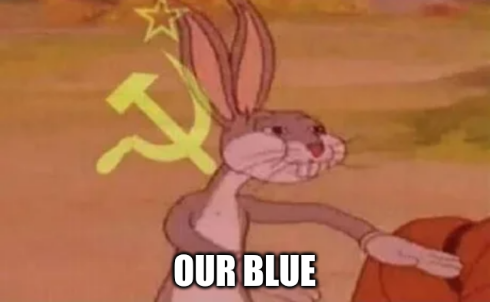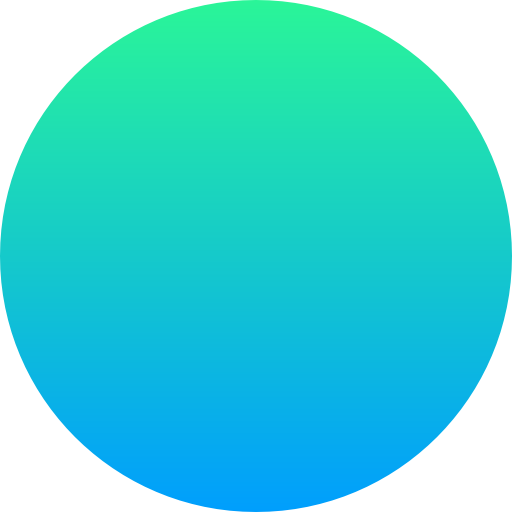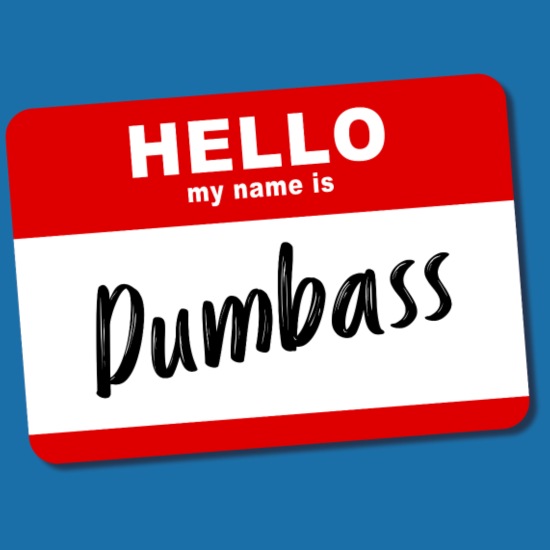For me turquoise is turquoise.
Yeah, I couldn’t get past this. The turquoise was neither blue nor green but you’re forced to select one or the other.
For the same reason it was honestly really hard for me to do that test. It was like those personality surveys where I don’t like any of the options, but I have to pick one
I think that contrast is a big part of this that isn’t really controlled for. During the test, the colors took up my whole screen, so against the black bezel of my phone in my dimly lit room they seemed to look more blue. But at the end when it says “For you, turquoise [color swatch] is blue”, that color swatch was against a white background, and in that context it looked more green to me.

This is exactly what I got. Interesting.
Dang, pretty cool

Weirdly, it’s nothing to do with how color forms in our brain (the actual ‘my blue your blue’ thing), only what we call it. So it’s mainly semantics.
Cool website nevertheless.
Nah I got my own blue.
Some East Asians are gonna be very confused by this.
Why?
The funny thing about colors is that they’re largely defined in culture and you only see different colors if you’ve been educated to see them. In China and I believe also in most other East Asian cultures, blue and green are traditionally regarded as the same thing.
small correction: everyone sees basically the same colours (barring stuff like colour blindness), what changes is whether we consider it a colour. Brown is the best example, most people consider it a separate colour but it’s just orange with brighter stuff around it.
Right, that’s a better way to put it.
Grue and Bleen
got ranges from 177 to 183, which makes sense because hue 180 is exactly cyan







